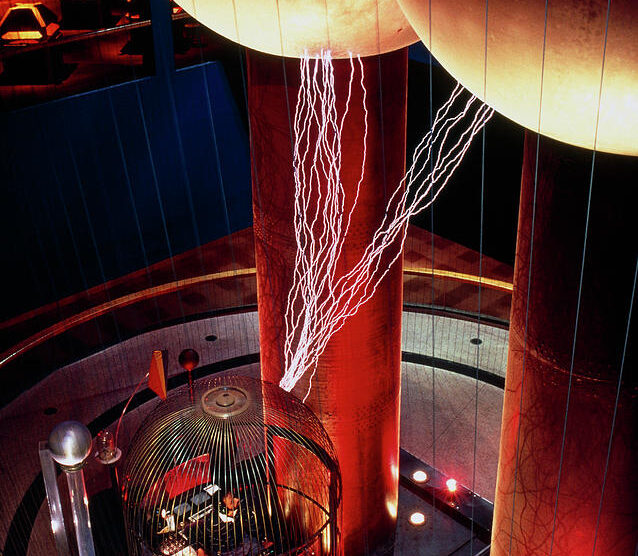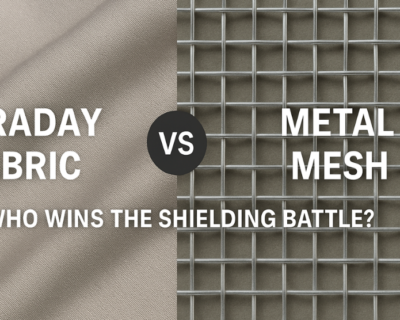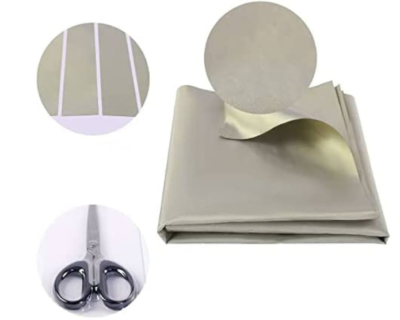Blogs

What Is a Faraday Cage?
A Faraday cage—also known as a Faraday shield—is an enclosure made of conducting material (like copper, aluminum, or steel) that blocks electromagnetic fields from entering or exiting its interior (Food Safety Talk, Wikipedia). Named after physicist Michael Faraday, who built the first cage in 1836, it revolutionized our understanding of electricity and shielding (Wikipedia).
How Does a Faraday Cage Work?
When an electromagnetic field encounters the cage, free electrons in its conductive walls rearrange to generate an opposing field. This cancels the field inside, resulting in a net electric field of zero within the enclosure (Wikipedia, WIRED, HowStuffWorks).
Key points:
- Works for static and varying (radio‑frequency) fields
- Does not block slowly changing magnetic fields, like Earth’s magnetic field, so a compass inside still works (Wikipedia)
- Must use material thick enough or with mesh holes smaller than the wavelength to be effective at the target frequencies (Wikipedia)
Historic Demo: Paris Volunteers
A widely recognized public demo at the Palais de la Découverte in Paris showcased volunteers standing inside a Faraday cage while lightning bolts from a Tesla coil struck the cage. Spectators saw sparks dance over the metal cage—yet no electricity reached the people inside. It’s a powerful visual proof of the effect in action (youtube.com).
Common Uses of Faraday Cages
Everyday Examples:
- Microwave ovens use metal mesh doors to keep microwaves inside and protect users (fr.wikipedia.org, Wikipedia)
- Automobile cabins act like Faraday cages to protect occupants during lightning strikes (Wikipedia)
- MRI / telecom test rooms shield sensitive equipment from external RF noise (Wikipedia)
Specialized Applications:
- Forensic Faraday bags prevent remote wiping of seized devices by blocking cellular/RFID signals (Wikipedia)
Faraday suits protect electrical workers from high-voltage shocks by conducting current around the body (Wikipedia)
Principles of Effective Shielding
| Design Factor | Why It Matters |
| Material | Must be a conductor (e.g. copper, aluminum) so electrons can move freely (WIRED) |
| Thickness / Skin Depth | Sufficient thickness ensures penetration of external fields is minimized, particularly for lower frequencies (WIRED, Wikipedia) |
| Mesh Hole Size | Must be significantly smaller than the target wavelength; holes smaller than 1 cm work for 5 GHz signals (Wikipedia, HowStuffWorks, WIRED) |
When to Use a Faraday Cage?
You’d use one when you need to isolate equipment or people from electromagnetic interference, for purposes such as:
- RF testing labs to ensure clean measurement environments
- Secure data handling (e.g., to prevent hacking or remote wiping)
- Safety in high-voltage environments
- Privacy protection, such as preventing location tracking or signal leakage
Final Takeaway
A Faraday cage is a simple yet powerful piece of electromagnetic engineering: a conductive enclosure that neutralizes incoming and outgoing fields, protecting whatever lies within. From historic experiments to modern encryption and safety scenarios, its principle remains as relevant today as it was in 1836.
Want to explore DIY options—like aluminum foil setups, mesh enclosures—or applications in Faraday fabrics for shielding rooms or equipment? Let me know!
Learn More
- HowStuffWorks: “How Faraday Cages Work” (pdfcoffee.com, HowStuffWorks)
- Wired: “The Physics of Faraday Cages” (WIRED)
Ready to Buy?
Get in touch with our sales team for custom sizes, bulk pricing, or technical assistance:
#FaradayCage #ElectromagneticShielding #EMIProtection #RFShielding #MichaelFaraday #ElectronicsSafety #SignalBlocking #DataSecurity #LightningProtection #ShieldingTechnology




